Kitchens have evolved dramatically over the years, with sleek, space-saving, and high-tech innovations replacing many once-essential appliances. As homeowners prioritize convenience, energy efficiency, and minimalism, several traditional kitchen staples are becoming obsolete. Some of these disappearing appliances have been replaced by multifunctional alternatives, while others are simply no longer practical for modern lifestyles. Here’s a look at 11 appliances that are disappearing from today’s kitchens—and the reasons behind their decline.
1. Standalone Ice Makers
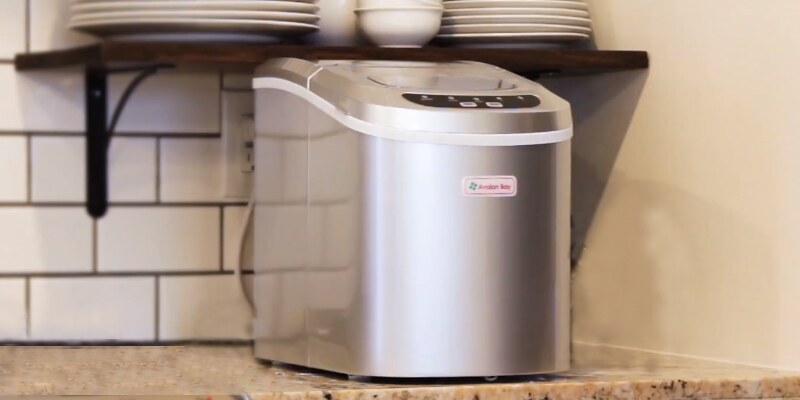
Standalone ice makers were once a luxury item in high-end kitchens, says Euhomy, providing a steady supply of fresh ice for drinks and parties. However, as modern refrigerators now come with built-in ice dispensers, the need for a separate appliance has significantly decreased. These machines also require extra maintenance, as they are prone to mold buildup and frequent breakdowns. With countertop ice makers and refrigerator-integrated systems taking over, standalone ice makers are quickly becoming obsolete.
Beyond the maintenance hassle, standalone ice makers also take up valuable counter or cabinet space that homeowners would rather use for other kitchen necessities. With many people prioritizing energy efficiency, the extra power consumption of a dedicated ice maker feels unnecessary. Additionally, advances in ice-making technology have made portable and built-in options just as effective without the bulk. As homeowners seek streamlined kitchen designs, the standalone ice maker is becoming a relic of the past.
2. Trash Compactors

Trash compactors were a trendy kitchen appliance in the 1970s and 1980s, according to House Digest, helping homeowners reduce the volume of household waste. However, with modern recycling programs and eco-conscious living, compactors have lost their appeal. Many people find them unnecessary, as sorting recyclables and composting has become a more sustainable approach to managing waste. Additionally, newer homes often include larger garbage bins and more efficient disposal systems, making trash compactors a thing of the past.
Another major drawback of trash compactors is that they can become breeding grounds for bacteria and odors if not properly maintained. Unlike a simple trash bin that can be cleaned or replaced, a compactor requires regular deep cleaning to prevent buildup. The inconvenience, coupled with shifting attitudes toward waste management, has made them more of a hassle than a help. As a result, most modern kitchen renovations omit them entirely.
3. Warming Drawers
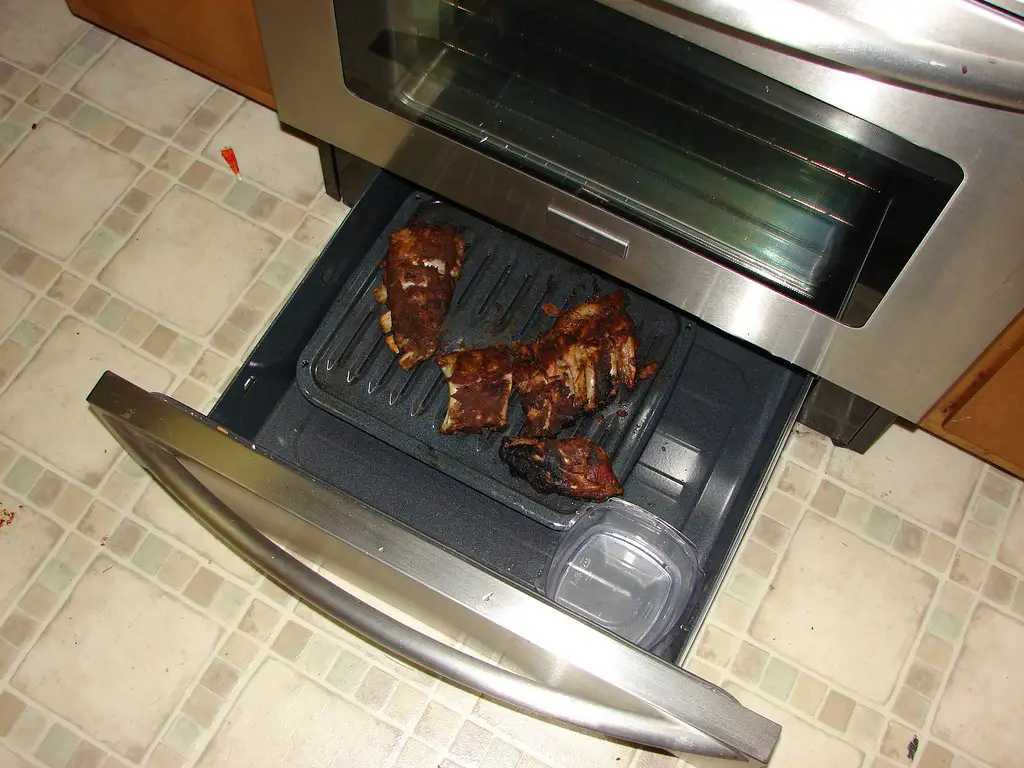
Warming drawers were once a staple in high-end kitchens, designed to keep food warm until mealtime. However, with the rise of microwave ovens and convection ovens with built-in warming settings, this extra appliance is no longer essential, notes Kitchen & Bath Unlimited. The cost and space required for a warming drawer make it impractical for many homeowners who prioritize efficiency over luxury. As a result, these drawers are slowly fading from modern kitchen designs.
While they were once useful for large families and entertainers, warming drawers are now seen as redundant in the age of meal prep and quick reheating. The rise of air fryers and smart ovens with warming functions has also contributed to their decline. With homeowners looking to cut down on unnecessary features in their kitchens, the warming drawer is increasingly being left out of new builds. Its high-end appeal simply doesn’t justify its lack of practicality in today’s fast-paced world.
4. Electric Knife Sharpeners
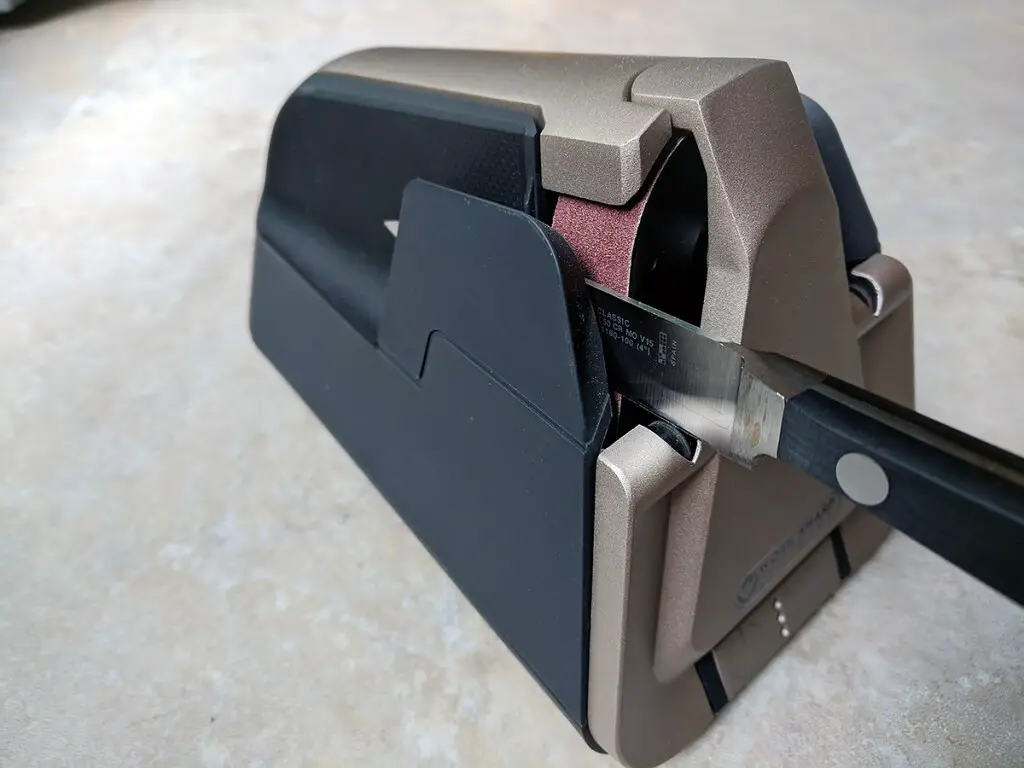
Electric knife sharpeners were once considered a convenient way to keep kitchen blades razor-sharp with minimal effort, says Food52. But over time, many home cooks and professional chefs alike have soured on these devices. That’s because electric models can be overly aggressive, stripping away more metal than necessary and shortening the life of quality knives. Their bulky size and reliance on electricity also make them less practical in smaller kitchens or for those who prefer precision and control. As a result, they’ve become more of a drawer-cluttering extra than a must-have appliance.
In recent years, there’s been a noticeable return to traditional sharpening methods. Homeowners are increasingly investing in sharpening stones or using manual sharpening systems that offer better control and preserve the knife’s edge for longer. According to Serious Eats, professional knife sharpening services are also gaining popularity, especially for people with high-end knives. With sharper results and fewer downsides, these alternatives are gradually pushing electric knife sharpeners out of modern kitchens altogether.
5. Over-the-Range Microwaves

For years, over-the-range microwaves were the go-to space-saving solution in kitchens, combining ventilation and cooking convenience in one appliance. However, as kitchen design trends shift toward aesthetic appeal and functionality, homeowners are moving away from this outdated feature. Many now prefer built-in or drawer-style microwaves that blend seamlessly into cabinetry. Additionally, with larger, more powerful range hoods becoming standard, the combination of a microwave and vent is no longer as desirable.
Over-the-range microwaves also come with ergonomic challenges, as lifting hot dishes above shoulder level increases the risk of spills and burns. With more homeowners opting for lower microwave placements for safety and accessibility, this once-popular appliance is becoming a thing of the past. The shift towards open shelving and statement kitchen hoods has also contributed to their decline. As a result, modern kitchens are phasing out this once-ubiquitous feature in favor of sleeker, more integrated solutions.
6. Dedicated Toaster Ovens
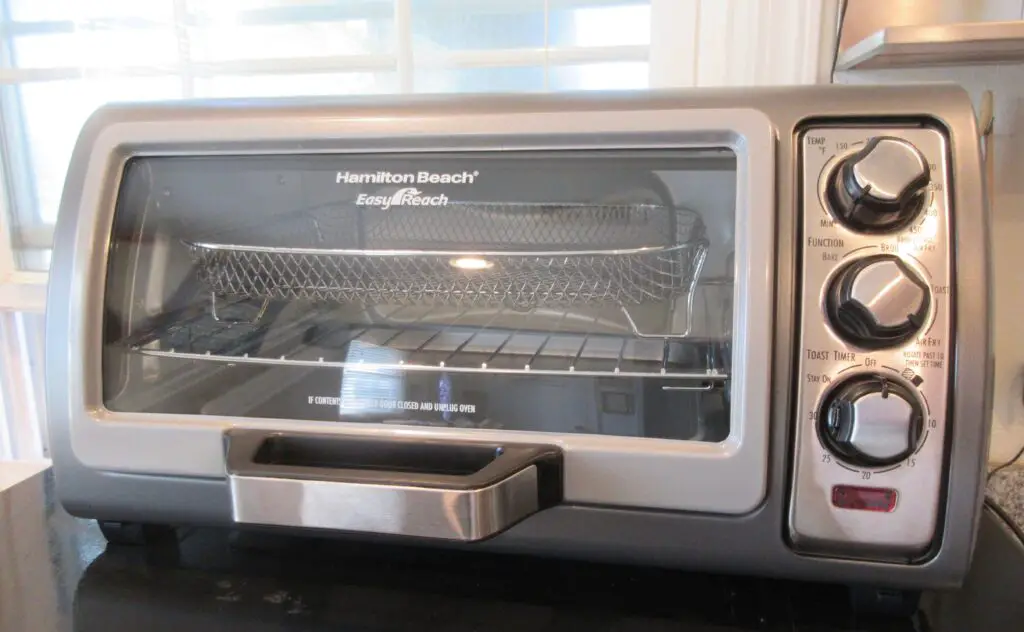
Toaster ovens were once a staple in many homes, serving as a convenient way to toast bread, bake small meals, and reheat leftovers. However, as air fryers and convection ovens have become more advanced, the need for a separate toaster oven has diminished. These newer appliances offer the same functionality—plus additional features like crisping and dehydrating—without taking up as much counter space. As a result, the traditional toaster oven is gradually being phased out of modern kitchens.
Another reason for their decline is the push toward minimalism and decluttering in kitchen spaces. Many people are looking for appliances that serve multiple functions rather than single-use devices. Toaster ovens also tend to accumulate crumbs and grease, requiring frequent cleaning, which makes them less appealing in comparison to self-cleaning convection ovens. With better alternatives now available, many households are retiring their toaster ovens for good.
7. Built-in Wine Coolers
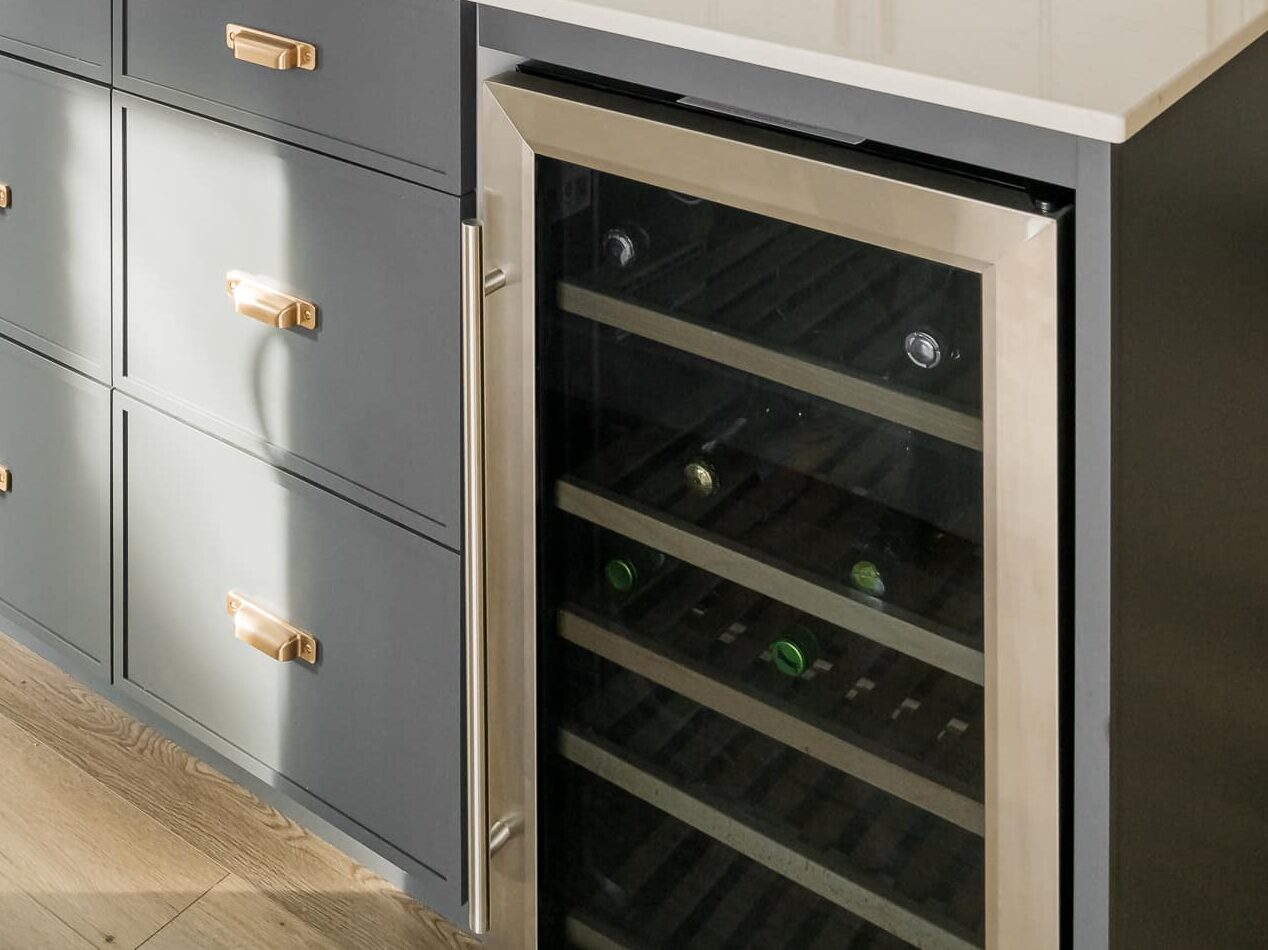
Built-in wine coolers were once considered a must-have for wine enthusiasts who wanted to keep their bottles at the perfect temperature. However, as kitchen real estate becomes more valuable, homeowners are questioning whether dedicating space to a single-purpose appliance is worth it. Many casual wine drinkers now opt for compact countertop coolers or simply store their wine in temperature-controlled areas of their homes. As a result, built-in wine coolers are becoming less common in modern kitchen designs.
Another drawback is their energy consumption, as built-in wine fridges run constantly to maintain optimal conditions. With sustainability becoming a priority for many homeowners, the extra electricity usage is a deterrent. Additionally, wine storage preferences have shifted, with more people investing in custom cellars or repurposing pantry space instead. As a result, the built-in wine cooler is slowly fading from mainstream kitchen layouts.
8. Compact Dishwashers
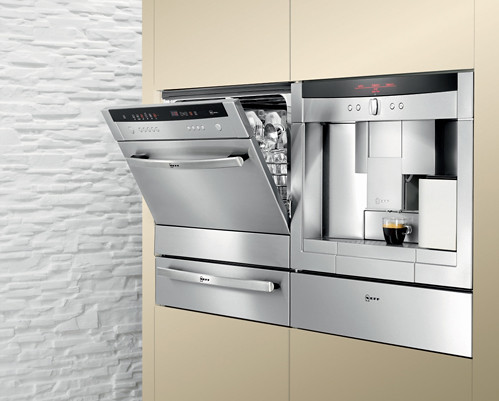
Compact dishwashers—those slim, space-saving units typically found in older apartments or smaller homes—are slowly disappearing from the appliance landscape. While they once offered a practical solution for tiny kitchens, their limited capacity and less powerful performance now feel outdated compared to modern full-size models. Many households find themselves frustrated by how often they need to run loads, or how poorly compact dishwashers handle larger items like pots and pans. What once seemed efficient now just feels restrictive.
Today’s homeowners are gravitating toward full-size dishwashers that are both energy-efficient and whisper-quiet, or opting for innovative drawer-style models that offer more flexibility. Even modestly sized kitchens are being reconfigured to accommodate these more capable units. With improved energy ratings and sleek, integrated designs, the demand for compact dishwashers is shrinking fast—making them one of the more quietly vanishing appliances in American homes.
9. Electric Can Openers

Electric can openers were once seen as a convenient upgrade from manual ones, especially for those who frequently opened canned goods. However, as food packaging has evolved and many products now come with easy-to-open lids, the need for electric can openers has diminished. Additionally, manual can openers are smaller, more affordable, and easier to store, making them a more practical choice for modern kitchens. The extra counter space required for an electric can opener simply isn’t worth it for most homeowners.
Another reason for their decline is the shift toward fresh and minimally processed foods. With more people cooking from scratch and relying less on canned ingredients, electric can openers are used far less frequently. Additionally, modern manual can openers have been designed with ergonomic grips and smooth-edge cutting technology, making them just as efficient as their electric counterparts. As a result, electric can openers are becoming a rare sight in contemporary kitchens.
10. Single-Purpose Coffee Makers
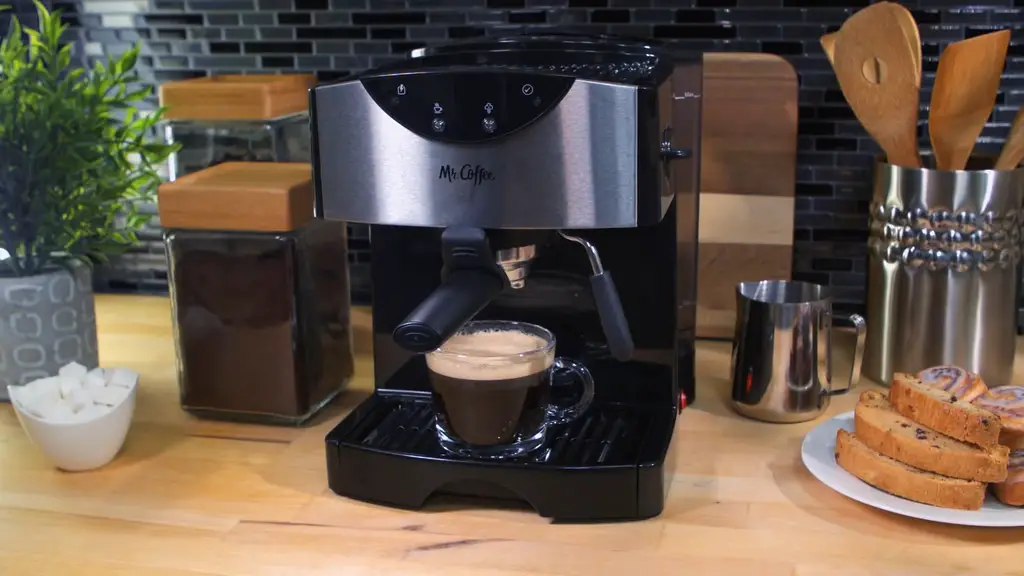
For years, traditional drip coffee makers were a staple in most American kitchens, offering a simple way to brew a full pot of coffee. However, as coffee culture has evolved, many people have shifted toward more versatile brewing methods, such as pod-based machines, espresso makers, and pour-over systems. These alternatives provide greater flexibility, allowing users to make a single cup or experiment with specialty brews. The rise of high-end coffee shops has also influenced this shift, as more people prefer barista-quality drinks at home.
Another factor in the decline of single-purpose coffee makers is the emphasis on space-saving kitchen appliances. Many homeowners now opt for compact or multi-functional coffee machines that can brew espresso, lattes, and other beverages. With a growing demand for sustainable practices, the waste generated by large coffee pots going stale has also discouraged their use. As a result, the bulky, traditional drip coffee maker is slowly fading in favor of more efficient and customizable brewing methods.
11. Deep Fryers

Deep fryers were once a common sight in home kitchens, allowing families to make crispy fried foods with ease. However, as health-conscious eating trends have gained popularity, many people are moving away from deep-frying at home. The rise of air fryers has also contributed to the decline of deep fryers, offering a healthier alternative that requires little to no oil. Air fryers can achieve the same crispy texture with significantly less fat, making them a preferred choice for modern kitchens.
Another downside of deep fryers is the mess they create, from splattering oil to difficult cleanup. Many homeowners no longer want to deal with the hassle of disposing of used cooking oil or scrubbing greasy surfaces. Additionally, deep frying at home presents safety risks, as hot oil can cause burns or fires if not handled properly. As a result, deep fryers are becoming increasingly rare in contemporary kitchens, replaced by more convenient and healthier cooking options.
